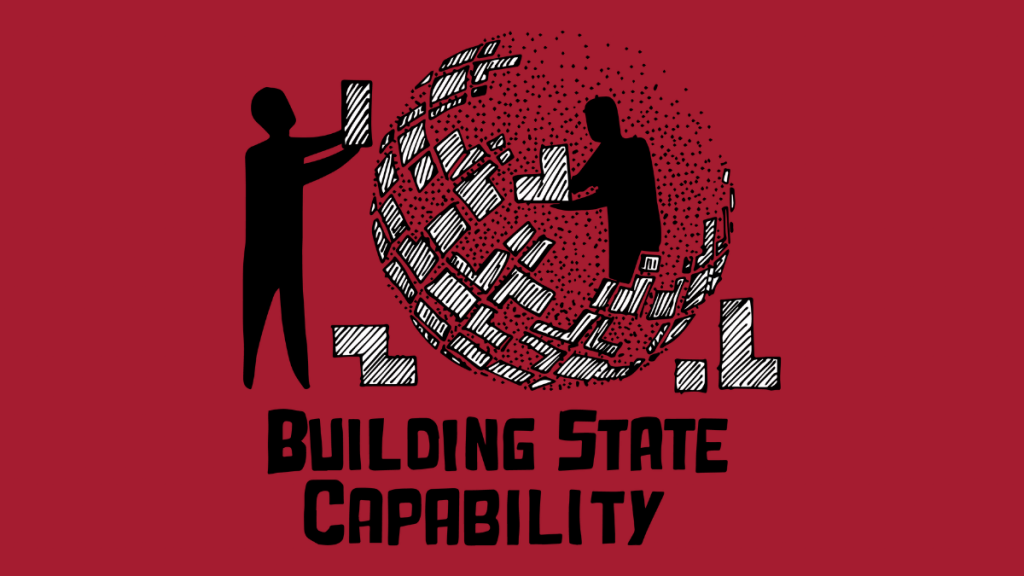<update>: Registration is currently closed for this course. We are delighted to announce that we will be offering The Practice of PDIA: Adapting to Climate Change, from September 24 – December 17, 2017. …Continue Reading Register now for the free PDIA online course targeted to climate change adaptation!
Register for our free PDIA online course!
written by Salimah Samji <update>: Registration is currently closed for this course. We are delighted to announce that we will be offering The Practice of PDIA: Building Capability by Delivering Results once again, from September 3 – December 17, 2017. …Continue Reading Register for our free PDIA online course!
Democratizing PDIA knowledge one practitioner at a time

written by Salimah Samji We now have 569 development practitioners in 64 countries who have successfully completed a version of our free PDIA course. Since we began our online journey in November 2015, we have learned, iterated and adapted our course three times, essentially PDIA-ing our way forward. More than 80% of each cohort has…Continue Reading Democratizing PDIA knowledge one practitioner at a time
Sequencing in the construction of State capacity: Walk before you can run
Guest blog by Ajay Shah In thinking about the State, there are two useful principles: We should embark on things that we can do (i.e. don’t take on things that we don’t have the ability to do); and We should walk before we run (i.e. do simple things, achieve victory, then move on to a…Continue Reading Sequencing in the construction of State capacity: Walk before you can run
How do you know when to use PDIA?

written by Salimah Samji We often get asked the question “why do you need to use PDIA for a problem that we already know how to solve?” The answer is simple. You don’t. If people have already crawled the design space and figured out how to solve a type of problem, then by all means,…Continue Reading How do you know when to use PDIA?
How did China Create “Directed Improvisation”?
written by Lant Pritchett Yuen-Yuen Ang, a Professor of Political Science at University of Michigan came to speak at Harvard the other day and I was lucky enough to hear her presentation. Her most recent book is How China Escaped the Poverty Trap, which is an original and insightful take on what is perhaps the…Continue Reading How did China Create “Directed Improvisation”?
Motivating teams to muddle through

written by Anisha Poobalan In theory, PDIA seemed like the most logical, straightforward way to go about solving a problem. A team is formed, they deconstruct the identified problem and then attack each causal area, learning and adapting as they go. Being in the field, meeting with the teams weekly, hearing about the obstacles cropping…Continue Reading Motivating teams to muddle through
Building capability: the true success of PDIA
written by Anisha Poobalan The PDIA team has been working in Sri Lanka for the past six months with five talented and motivated government teams. This work is challenging and demands hard work by government officials and yet through short, repeated iterations, real progress is achieved. The teams update a facilitator every two weeks while…Continue Reading Building capability: the true success of PDIA
Initiating action: The action-learning in PDIA

written by Matt Andrews I recently wrote a blog in response to a question I was asked by a colleague about how we move from the foundation or framing workshop in PDIA processes—where problems are constructed and deconstructed—into action, and beyond that, action learning. In this post I will offer some ideas on how we…Continue Reading Initiating action: The action-learning in PDIA
Building State Capability: Review of an important (and practical) new book
Guest blog by Duncan Green Jetlag is a book reviewer’s best friend. In the bleary small hours in NZ and now Australia, I have been catching up on my reading. The latest was ‘Building State Capability’, by Matt Andrews, Lant Pritchett and Michael Woolcock, which builds brilliantly on Matt’s 2013 book and the subsequent work…Continue Reading Building State Capability: Review of an important (and practical) new book